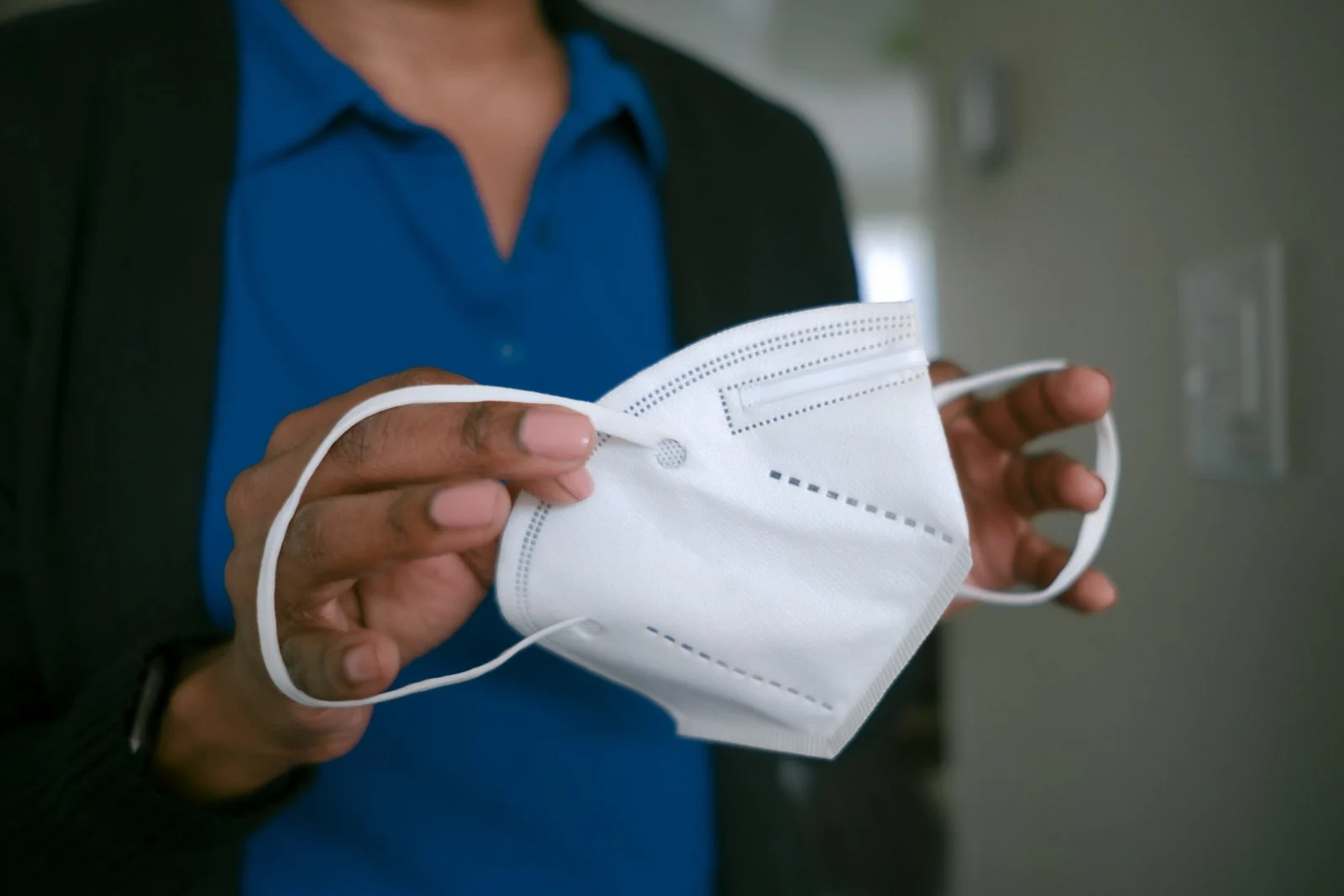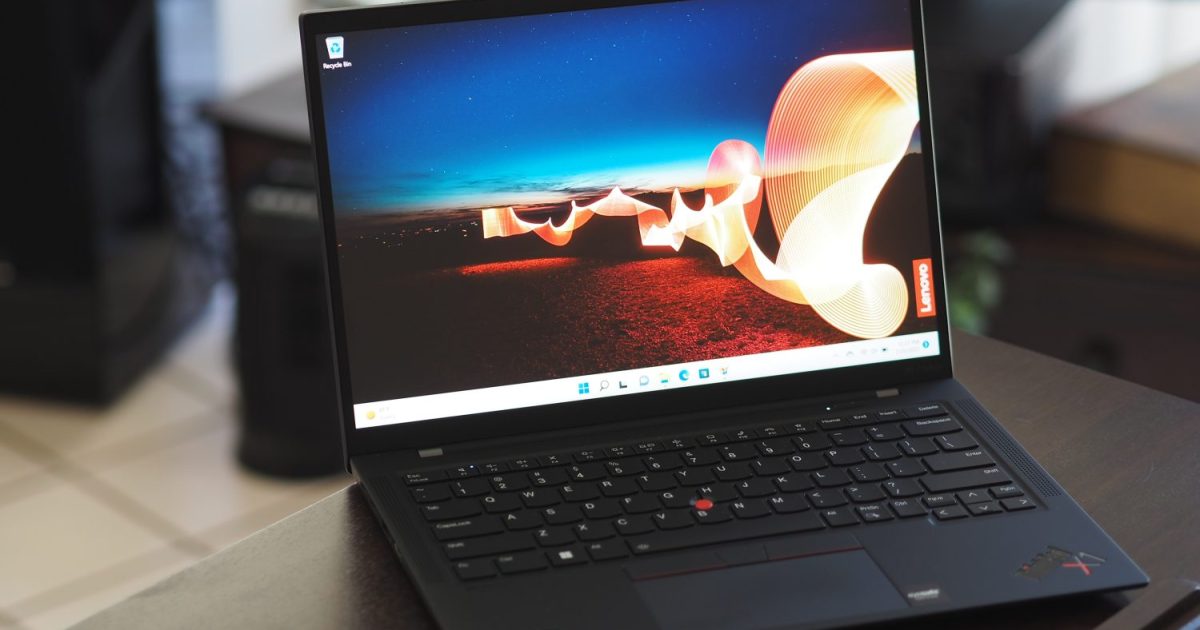The Centers for Disease Control and Prevention recently modified their Maskc Kn95 guidelines to coincide with what experts and many other people have long known: N95s and other respirator masks (when they are authentic and fit correctly) are more protective than most fabric face masks are.
But these disposable respirator Maskc Kn95 cost $1 to $3 each and tossing them away as rapidly as you would paper cups may mount up, particularly if you’re covering your whole family. You could also be worried about the environmental cost of disposable masks, which are manufactured from non-recyclable materials.
Fortunately, for most individuals and in most settings, you don’t need to throw your mask after each usage, or each day. Here are some answers to frequent inquiries regarding recycling your disposable mask.
How Can I Securely Reuse A Mask?
You may re-wear a mask after you have placed it in a paper bag for a few days, according to the CDC and many experts we’ve interviewed for our respirator guide. The organization recommends a simple technique for healthcare workers that includes cycling old masks in brown paper bags, a variant of which was implemented during the N95 shortage in the early days of the pandemic.
The coronavirus has a predicted life period of around 72 hours, so waiting for, say, five to seven days should be ample time for it to be inactivated.
Personally, to keep track, I have five masks in rotation and seven brown paper bags labeled with the days of the week, lined up on my windowsill. I store my mask in the suitably labeled bag between usage throughout the day and at the end of it. After a week has gone, I either take the mask out to wear or transfer it to an eighth bag labeled “Ready to Use.”
Is It Really Safe To Reuse Masks Right Now, Knowing How Contagious Omicron Is?
Yes, reusing a Maskc Kn95 is safe. Masks act the same way on every variant—by trapping virus-containing particles in their layers. Also, the coronavirus is spread mostly via breathing; you’re less likely to obtain it by contacting an infected surface. That said, it’s safest, and simply good hygiene, to handle your masks with care, touching just the elastics and washing your hands afterward.
What If My Mask Gets Wet?
Moisture, even from your breath, damages the mask little by little, and that process will definitely quicken if you’re wearing the Maskc Kn95 to work out at the gym or if you’re in a humid area or climate.
If your mask is moist due to condensation from breathing, you may reuse it. Keeping those paper bags in a dry area (preferably beside a sunny window) might assist boost the viral-deactivation process, said Christopher Sulmonte, project administrator at the Johns Hopkins Biocontainment Unit, a facility for patients with emerging infectious illnesses.
If your Maskc Kn95 becomes saturated (say, you are caught in the rain), toss it away.
Can I Wash My Mask Or Clean It With Bleach Or Alcohol?
Though you may be tempted to rinse or wash your old disposable mask, even merely to freshen it up, don’t attempt it. Getting the Maskc Kn95 wet or agitating the mask with soap might harm the material.
You also shouldn’t try to clean your used Maskc Kn95 with alcohol, hydrogen peroxide, or other chemicals. A 2020 Emerging Infectious Diseases research paper stated that treating a disposable face mask with alcohol affected the mask’s integrity and thus it’s filtering performance.
Hydrogen peroxide performed better, but the researchers administered it using specialized equipment, something you wouldn’t find outside a lab or hospital environment.
Bleach or other disinfectants are a terrible choice, too: Not only would they harm the Maskc Kn95, but “you don’t want to risk breathing in any disinfectant that remains on the respirator,” said Nikki Vars McCullough, a vice president at 3M’s Personal Safety Division.
What About Treating The Mask With Heat Or UV Light?
That same article was released in 2020, while the N95 shortage, indicated that dry-heat decontamination can be effective just one or two times, and UV for three times, before the mask’s fit and filtering, may be damaged.
Although these approaches may be helpful in hospital environments heavily exposed to COVID-19 during a respirator shortage and in need of procedures to instantly zap away viruses, they demand a tight regimen that’s tough to follow for most individuals outside of a healthcare context. You’re better off adopting the paper-bag technique. “It’s a lot simpler, less costly, and there’s less of a possibility that you’ll be damaging the Maskc Kn95,” said Sulmonte.
When Is It Appropriate To Toss Aside The Mask?
“There’s no hard and fast rule,” said Sulmonte. The CDC paper-bag rule proposes discarding a disposable N95 mask after five uses. But that rule was aimed at professionals in a hospital context.
For anybody else, it may not be essential. A Maskc Kn95 is still usable if its elastic bands continue to form a snug fit and the material appears clean and enables excellent ventilation. (Dust, pollen, air pollutants, cosmetics, skin oils, and, yes, inactivated virus ultimately collect and jam up the filter.)
Also, consider where you’ve worn the mask and for how long. Someone who wears a mask on the metro every day, for example, may need to toss it away sooner than someone who wears theirs to the grocery store every once in a while.
Whatever the circumstances, swap to a new Maskc Kn95 if yours is dusty, thinner, broken, or hard to breathe through, or if it no longer maintains a good seal.
Is There Any Case Where I Should Toss It Away After One Use?
Yes! Assuming replacements are easily accessible, Sulmonte suggests tossing a Maskc Kn95 away if you’ve been in an area where high virus exposure is expected—for instance, if you’ve been dealing with a COVID-19–positive individual.







